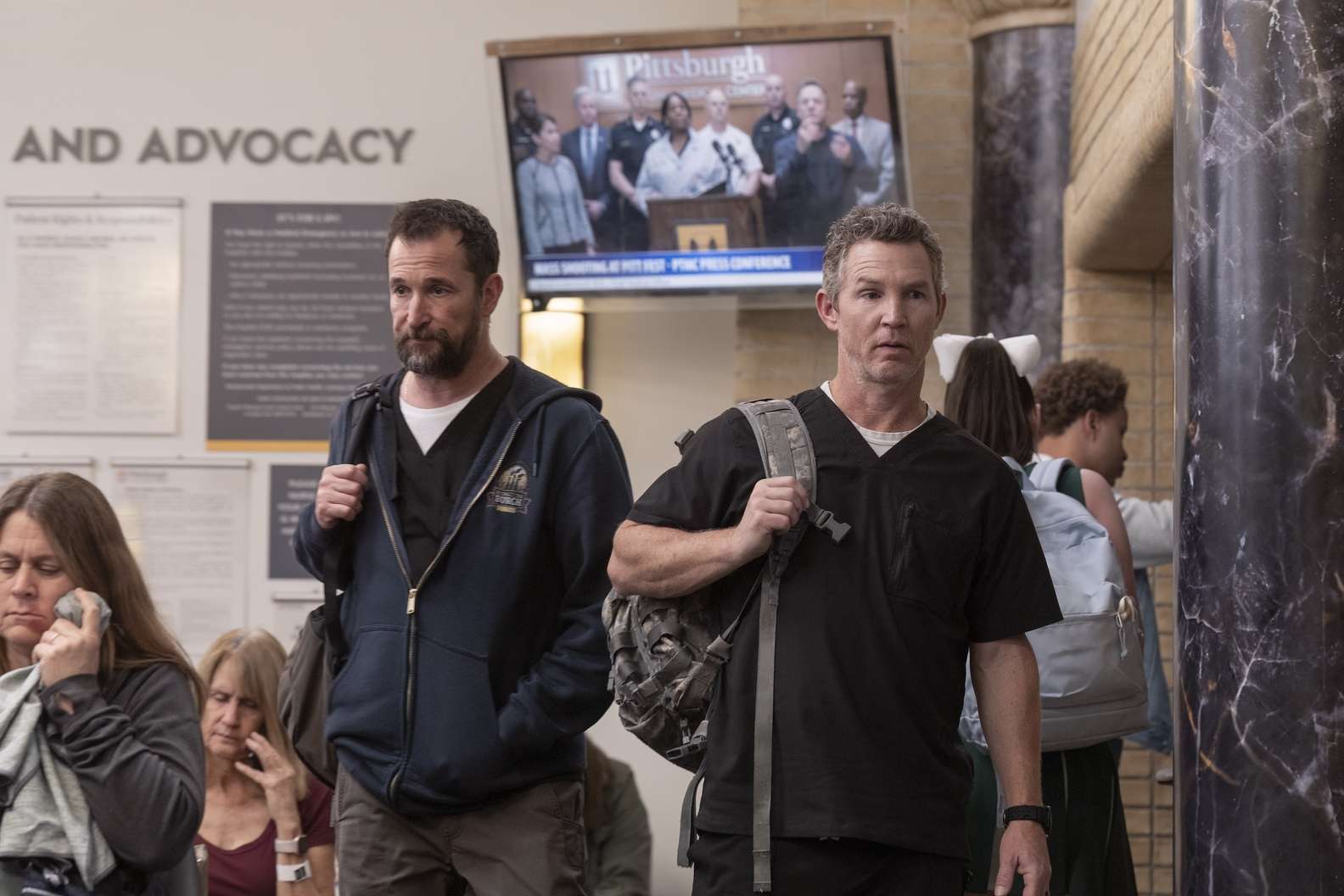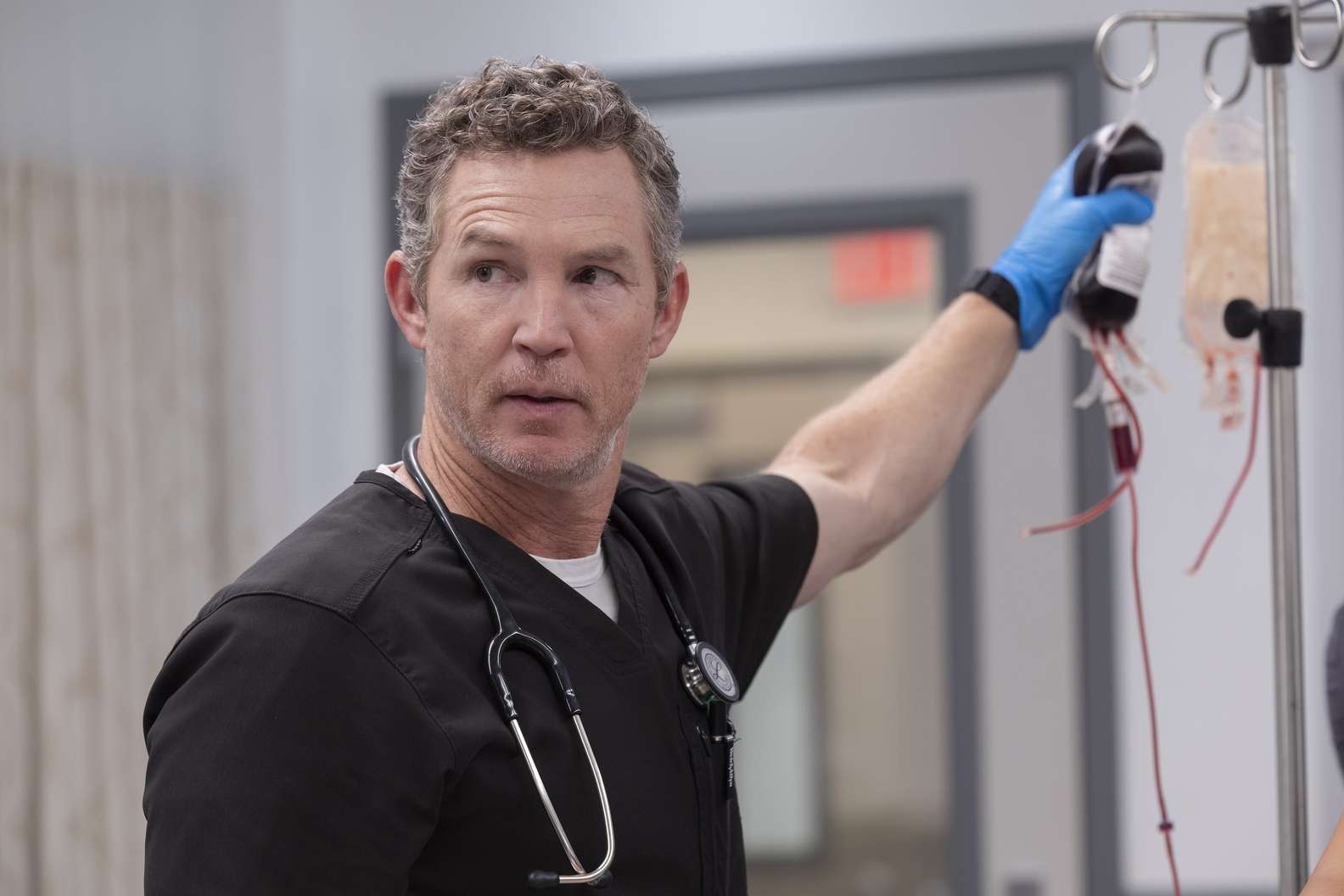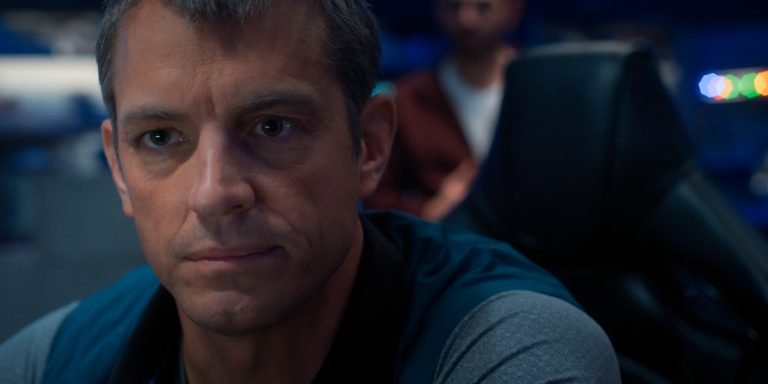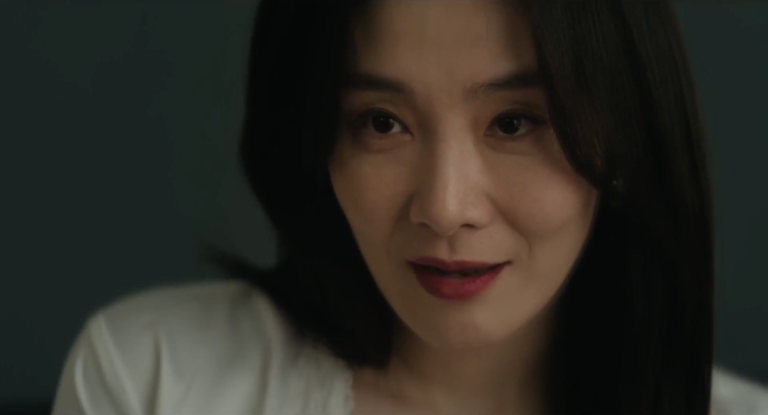The bemoaning of television fans as streaming has dominated, studios have cut through and added more budget and decreased episodes. The feeling of good long-form television is slowly missing. Notwithstanding the qualities of soap operas or even great network television, one of the reasons shows having 22-odd episodes were so popular and relevant for as long as TV had existed was because they had allowed the viewers to slowly descend into forging connections with the characters within the small screen. Thus, if a show is successful due to the demand of the audiences, it has an incentive to return. Because the budget is controllable, the time taken between seasons is significant enough that the show manages to stay within the zeitgeist of its fans.
Cut to 2025, where prestige television is slowly losing its sheen due to its longer wait period between seasons, the qualitative disparity is resulting in fewer shows becoming watercooler television than being conceptualized, and studios are investing in original content for their newly launched streaming services and slowly realizing the unsustainability of the entire endeavour, both in creation and in the consumption. Thus, HBO Max finally greenlighting a medical drama with a 15-episode first season that would run for four months is as much a surprising pivot as it is an inevitable one.
But then again, even if one takes into account the business perspective of creating procedures to ensure sustainability for the industry as a whole, the quality of said procedures is an entirely different beast. Medical procedurals had been a dime a dozen because the high-tension nature of the workplace drama provides fodder for additional drama beyond simply the grind of the highly intensive nature of the profession. But to return to the arena of the medical drama television space, the team of John Wells (creator of “ER”) and Noah Wyle (one of the stars of the 15-year-running medical series) cannot simply be attributed to just a return to comfort.
Because if “The Pitt” is judged qualitatively, it is made far too well, its choices far too provocative, and the skill of execution far too efficient to be simply a nostalgic cash grab. Though if one were to look at it cynically as an “ER” continuation stalled in its tracks, forcing them to pivot, one would belong to the camp of the Crichton Estate currently suing Warner Bros. and the makers of “The Pitt” for copyright infringement.

It is debatable whether the idea behind the conceptualization was sincere or cynical. What one cannot deny while watching “The Pitt” is the sheer pleasure of watching a television show following capable doctors and people in the workplace dealing with 15-hour shifts and being good at their jobs, or being fast learners, even as the pressure of the job swallows them whole. Creator John Wells, Scott Gemmill, and Noah Wyle, who also stars as the lead of the show as Attending Surgeon Dr. Robby Robinavitch, take the conceit of the entire season being a single shift for all these doctors, with each episode being an hour of the shift, and use that conceit to maximum effect of immediacy.
There is never a sense of a lag, and the craftsmanship on display, the inherent effort being put into detailing and continuity, produces a show so immersive that very few plot beats (multiple appearances by the head of the hospital in a singular shift) could effectively break said immersion. It allows for major events—head nurse Dana being punched by a dissatisfied patient—to be given closure only in the final episode, that too off-screen.
The central choice is to follow the doctors—from Robby, Langdon (Patrick Ball), residents Dr. Mohan (Supriya Ganesh) and Dr. McKay (Fiona Dourif), and of course, the new students joining the hospital on their first day—Dr. King (Taylor Dearden), Dr. Santos (Isa Briones), Dr. Whittaker (Gerran Howell), and Dr. Javadi (Shaban Azeez)—as they deal with the hardships and idiosyncrasies of the Pittsburgh Trauma Medical Hospital (fondly nicknamed “The Pitt”) along with the viewers on a ride week to week corresponding to the hour-by-hour depiction of their shift throughout the season.
Also Read: 10 Disease Outbreak Movies Worth Watching
Because “The Pitt” intentionally narrows down the scope of the show in terms of timeline, it doubles down on the procedural elements and the variety of cases that the doctors could be facing. The accuracy of the complicated medical procedures and jargon, the makeup, the prosthetic work, and the effects utilized to enhance and highlight the wounds, fissures, and details of the harrowing nature of some of the patients at their operating table further contribute to the immersion. This also allows for natural character progression and development of all the central protagonists as well as the side characters, even if the writing might falter in moments of sentimentality.

But the true genius of “The Pitt” is in the emphasis on the bottleneck of the healthcare industry, the understaffed nature of the ERs not just in the United States but also around the world, the pent-up frustration and emotions of medical professionals post-COVID and, more importantly, the show’s emphasis on objective medicine and objective scientific thought. It does result in a few cases faced by the doctors that feel perhaps too engineered from a narrative point of view. But there is no denying that even if the intention might be heavy-handed, the execution is decidedly regulated in terms of its approach in dealing with issues like psychiatric counselling, drug overdose, etc.
But of course, none of what “The Pitt” actually accomplishes could be entirely possible without the exemplary acting prowess of the entire cast. Wyle, stepping into the scrubs once more, brings a cool, level-headed approach, but he is also exceptional at masking the inner turmoil of a doctor so used to facing death and yet still learning to strike a balance between acknowledgement and moving on. The younger doctors are all archetypal in the beginning, each constructed to elicit strong reactions from both their superiors and the audience. However, there is a pace given for these actors to sprinkle in nuances, provide dimensions to these characters, and make them compelling ones to follow through in this madcap day.
“The Pitt” also brings in additional guest stars in the season’s final four episodes as the last four hours of the shift heat up due to an influx of patients as a result of a mass shooting. It’s in these last four episodes that “The Pitt” becomes masterful television, juggling big emotional catharsis, smaller personal dialogues, and shifting back and forth between multiple operations and triage to highlight the efficiency of the doctors, while also providing enough personalities to the new doctors of the night shift that you want to follow them once the day shift is over.
Even after the end of the day shift, one is interested to know how Robinavitch is going to deal with the highly eventful day, how each of the doctors would be able to juggle their crises before coming back on Monday to tackle a new shift, and soon you realize you are invested in these characters. You are invested in a medical procedural show spanning 15 episodes whose only high-concept approach to the premise is the one hour of the shift comprising an episode, and you can’t wait for the show to come back and to rejoin in the chaos of the ER, empathize with the medical community, and perhaps try to understand them.
If that’s not perfect television, what is?









